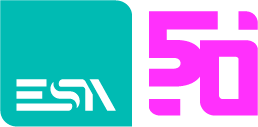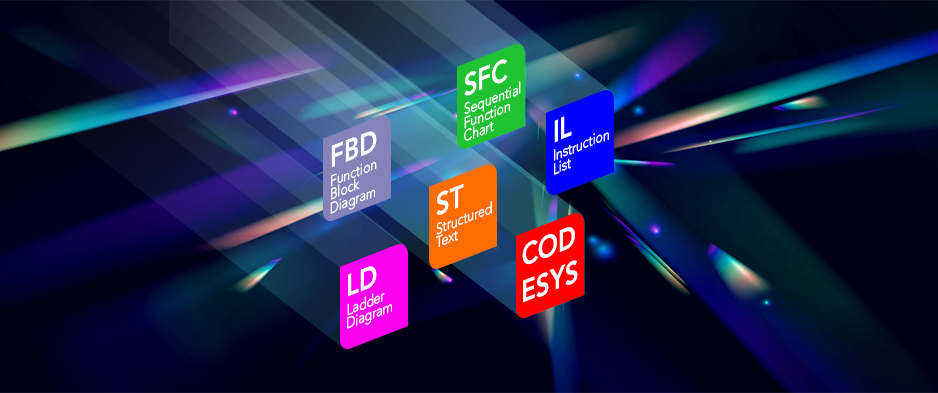Every industrial plant operates thanks to precise logic, governed by programming languages whose function is to translate complex procedures into instructions that machines can understand. Some of these languages have become true industry standards, thanks to their intuitiveness and adaptability. Their use makes it possible to intervene quickly, reduce downtime, and ensure that the plant operates safely and efficiently.
In this article, we examine the most widely used programming languages in industrial automation, highlighting their main features and applications.
Main Programming Languages in Industrial Automation
Ladder Diagram (LD)
The oldest and still the most widely used language. Ladder Diagram was born from its analogy with relay circuits and retains an intuitive “ladder” graphical structure. Each rung represents a logical condition, easily interpreted even by those with an electrotechnical background. Its readability and ease of diagnostics make LD indispensable in applications requiring discrete, safe, and easily maintained logic. Despite the advent of more sophisticated tools, it remains the preferred language in many manufacturing and plant engineering sectors.
Function Block Diagram (FBD)
Function Block Diagram is expressed through blocks connected by signal flows. It is particularly effective for representing continuous controls, such as process regulators, and for applications requiring the parallel execution of multiple functions. Its modular nature promotes order and clarity, making programs easily scalable. In a complex plant, using FBD provides well-structured logic, where each block can be tested and reused with ease.
Sequential Function Chart (SFC)
Sequential Function Chart is the ideal tool for describing processes divided into sequential steps. Its representation through steps and transitions allows clear mapping of production cycles, batch processes, or assembly lines. The main advantage is readability. By looking at an SFC diagram, one can immediately understand where the process is and what conditions are required to move to the next phase. This makes SFC valuable not only for programming but also for documentation and maintenance.
Structured Text (ST)
Structured Text offers a fully textual approach to industrial programming. It enables the management of complex algorithms, loops, mathematical functions, and articulated data structures. It is mainly used in applications requiring advanced mathematical processing or the handling of data coming from multiple connected sensors and devices, including those within the Internet of Things. Its power makes it ideal for systems that need to integrate information from multiple sources, perform complex calculations, and ensure precise, reliable management of industrial processes.
Instruction List (IL)
Instruction List is the language closest to machine code. Based on elementary instructions, it allows compact and direct coding. While in the past it was widely used to optimize resources, today its use is much more limited: poor readability and maintenance difficulties have gradually reduced its role. Nevertheless, it remains a language that has marked the history of PLC programming and is still present in legacy applications or contexts where code compactness still holds value.
CODESYS
Beyond IEC languages, in recent years CODESYS has emerged as a global reference point—an integrated development environment used worldwide to program PLCs and embedded systems. Based on the IEC 61131-3 standard, CODESYS supports all the languages described above, while adding modern tools for simulation, debugging, and modular software management. Its success lies in its flexibility: it is manufacturer-independent and supports a wide range of devices, making it a universal platform. For programmers, this means developing portable applications while reducing hardware constraints. In many industries, CODESYS has become the de facto standard for those seeking efficiency and interoperability.

